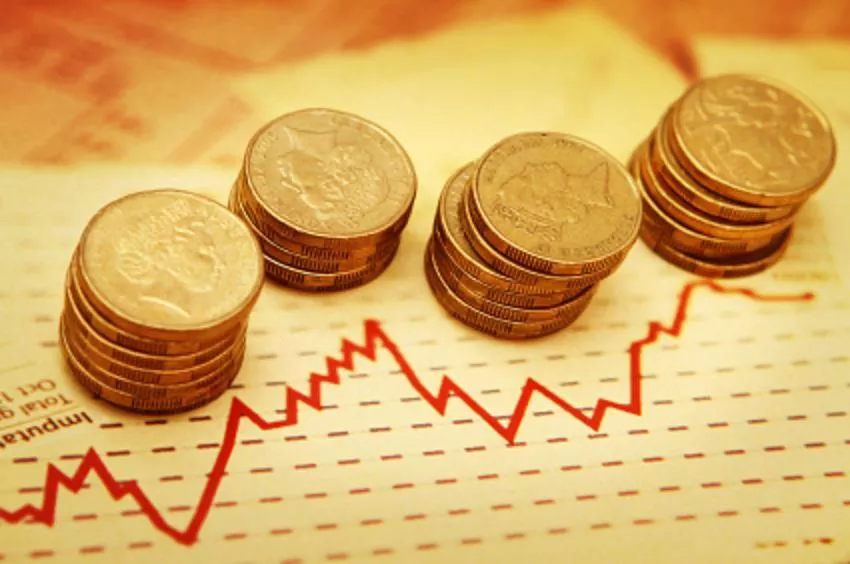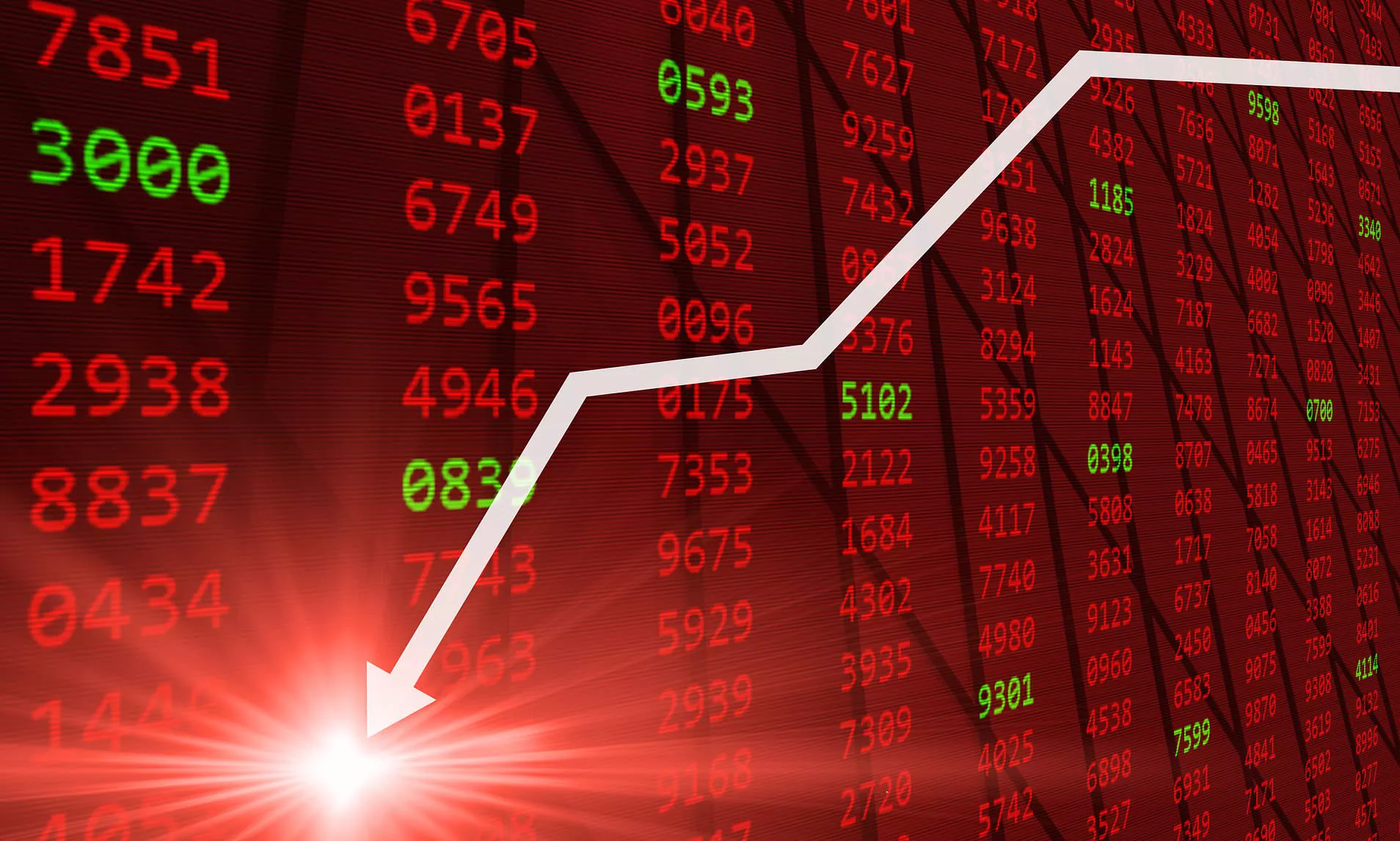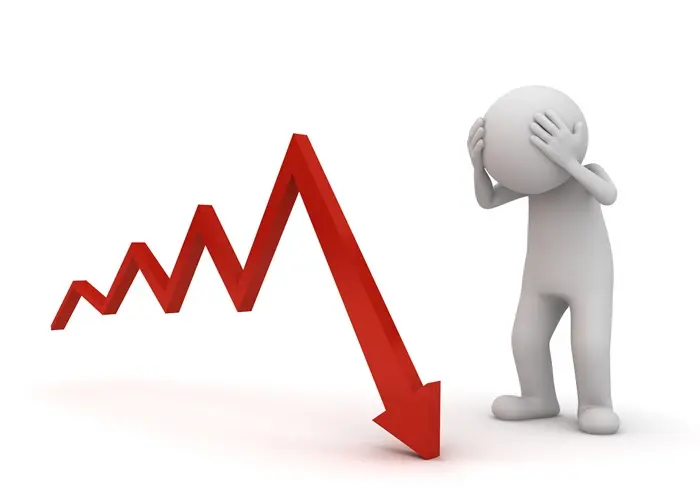Cyclical stocks are investments in companies whose performance and stock prices are closely linked to the economic cycle. These stocks tend to do well when the economy is in a growth phase, but their performance can decline during economic downturns. Cyclical stocks include companies in sectors like consumer discretionary, technology, industrials, and energy. In this article, we will discuss where to buy cyclical stocks, providing insights into how to identify attractive stocks, the best platforms for investing, and factors to consider before making a purchase.
What Are Cyclical Stocks?
Cyclical stocks are shares of companies whose financial performance and stock prices are affected by the economic cycle. These companies typically experience periods of growth and profitability during economic expansions and face downturns during recessions. The performance of cyclical stocks correlates with the state of the economy, with demand for their products and services increasing in good times and declining in economic slowdowns.
Cyclical stocks are generally categorized into four main sectors:
Consumer Discretionary: Companies that produce goods and services that consumers buy when they have more disposable income, such as luxury goods, automobiles, and entertainment.
Industrials: Companies involved in manufacturing, construction, transportation, and infrastructure.
Technology: High-growth companies in software, hardware, and related fields that are sensitive to the economic cycle.
Energy: Companies involved in the production, extraction, and distribution of energy, including oil, gas, and renewable energy.
Investors who buy cyclical stocks aim to profit from the periods when the economy is expanding, as these stocks tend to outperform in bullish market conditions.
Why Buy Cyclical Stocks?
Investing in cyclical stocks can be a profitable strategy, especially during periods of economic growth. Here are some of the reasons why investors may consider buying cyclical stocks:
1. Growth Potential During Economic Expansions
During times of economic expansion, cyclical stocks tend to benefit from increased consumer spending, higher business investment, and growing demand for goods and services. These conditions can lead to higher revenues, increased profitability, and a rise in stock prices.
For instance, companies in the consumer discretionary sector may see an uptick in sales as consumers spend more on non-essential items like luxury goods, vacations, and entertainment. Similarly, the industrials sector often experiences growth during periods of increased infrastructure spending and industrial production.
2. Capitalizing on Market Cycles
Cyclical stocks tend to follow predictable patterns based on economic cycles. By understanding these cycles, investors can capitalize on market timing and buy stocks when the economy is at a low point (such as during a recession) and sell them during a recovery or expansion phase.
This strategy can provide substantial returns for investors who are able to anticipate the turning points in the economic cycle and identify cyclical stocks that are likely to perform well during the recovery.
3. Diversification of Portfolio
Investing in cyclical stocks can help diversify a portfolio that is otherwise concentrated in non-cyclical or defensive sectors. While defensive stocks (like those in the healthcare, utilities, and consumer staples sectors) tend to hold up better during economic downturns, cyclical stocks offer opportunities for higher returns when the economy is booming.
Diversifying your portfolio with cyclical stocks can provide balanced exposure to both economic downturns and growth periods, reducing overall portfolio risk while still offering significant upside potential.
Best Platforms to Buy Cyclical Stocks
When looking to buy cyclical stocks, choosing the right platform is crucial for making informed investment decisions and efficiently executing trades. There are several types of platforms available, each catering to different types of investors. Below are some of the best platforms to consider when buying cyclical stocks:
1. Brokerage Accounts
Brokerage accounts are one of the most common ways to buy cyclical stocks. A brokerage account allows you to buy and sell individual stocks, including cyclical stocks, and offers access to research, tools, and resources to help you make informed investment decisions. Some of the top brokerage firms to consider for purchasing cyclical stocks include:
Fidelity
Fidelity offers a wide range of investment options, including individual stocks, ETFs, and mutual funds. The platform provides robust research tools and resources, including reports on specific stocks, market trends, and analyst ratings. Fidelity is known for its low fees, making it an attractive option for both beginner and experienced investors.
Charles Schwab
Charles Schwab is another top brokerage platform that offers access to a wide range of stocks, including cyclical stocks. Schwab provides powerful research tools, including stock screeners, technical analysis tools, and educational resources to help investors choose the right stocks. The platform also offers commission-free trading for most stocks, making it cost-effective for investors to trade cyclical stocks.
E*TRADE
ETRADE is an online brokerage platform known for its user-friendly interface and comprehensive research tools. The platform offers a wide selection of cyclical stocks, as well as ETFs and other investment vehicles. ETRADE’s educational resources, market analysis, and stock research tools make it an excellent choice for investors looking to buy cyclical stocks.
TD Ameritrade
TD Ameritrade is a popular brokerage platform with a strong reputation for its research tools and trading platform. The platform offers a range of educational resources, including webinars, articles, and tutorials, which are valuable for investors seeking to understand the performance of cyclical stocks. TD Ameritrade also offers commission-free trading for most stocks, allowing you to maximize your investment potential.
2. Robo-Advisors
For investors looking for a more hands-off approach to buying cyclical stocks, robo-advisors can be an ideal option. Robo-advisors use algorithms to build and manage diversified portfolios based on your risk tolerance and investment goals. Some robo-advisors, such as Betterment and Wealthfront, may include exposure to cyclical stocks within their portfolios, allowing you to invest in this sector with minimal effort.
Robo-advisors typically charge lower fees than traditional financial advisors, making them an affordable option for investors looking to gain exposure to cyclical stocks without managing individual stock picks.
3. Exchange-Traded Funds (ETFs)
ETFs are an excellent way to gain exposure to cyclical stocks without having to buy individual stocks. ETFs are investment funds that hold a basket of stocks from specific sectors or industries. There are several ETFs focused on cyclical sectors, including consumer discretionary, industrials, technology, and energy.
For example, the Consumer Discretionary Select Sector SPDR Fund (XLY) provides exposure to a range of companies in the consumer discretionary sector, including cyclical stocks such as Amazon, Home Depot, and McDonald’s. Similarly, the Industrial Select Sector SPDR Fund (XLI) offers exposure to industrial companies, including cyclical stocks like Caterpillar and 3M.
ETFs are an efficient way to invest in cyclical stocks because they provide diversification, reducing the risk associated with investing in individual stocks. ETFs also allow you to invest in a broad range of cyclical stocks without the need for extensive research or stock picking.
4. Mutual Funds
Mutual funds are another option for investors seeking to buy cyclical stocks. Similar to ETFs, mutual funds pool money from multiple investors to buy a diversified portfolio of stocks. However, unlike ETFs, mutual funds are typically actively managed, meaning that a fund manager makes the investment decisions on your behalf.
Many mutual funds focus on specific sectors, including cyclical industries. For example, mutual funds that invest in industrials or consumer discretionary companies will include cyclical stocks in their portfolios. When selecting a mutual fund, look for one that aligns with your investment goals and risk tolerance.
How to Identify Attractive Cyclical Stocks
When considering an investment in cyclical stocks, it is important to identify those that are most likely to perform well during the current phase of the economic cycle. Here are some factors to consider when evaluating cyclical stocks:
1. Economic Indicators
Cyclical stocks are closely tied to the health of the economy, so it is essential to monitor economic indicators that signal the strength of the economic cycle. Key indicators to watch include:
Gross Domestic Product (GDP): GDP growth is a key indicator of economic expansion. When GDP is rising, cyclical stocks are likely to benefit.
Consumer Confidence Index (CCI): A high CCI indicates that consumers are confident and willing to spend, which can boost consumer discretionary stocks.
Unemployment Rate: Lower unemployment rates generally indicate a strong economy, which benefits cyclical stocks in sectors like retail and consumer goods.
Interest Rates: Lower interest rates often lead to higher consumer spending and investment, providing a boost to cyclical stocks.
2. Company Fundamentals
When evaluating cyclical stocks, consider the company’s financial health and performance. Look for companies with strong earnings growth, solid profit margins, and a history of outperforming during previous economic expansions. Companies with robust management teams and competitive advantages in their respective industries are more likely to succeed during periods of growth.
3. Valuation
Cyclical stocks can be volatile, so it is essential to buy them at attractive valuations. Look for stocks that are trading at a discount relative to their historical price-to-earnings (P/E) ratio, price-to-book (P/B) ratio, or other valuation metrics. Buying cyclical stocks at a low price during periods of economic slowdown can provide the potential for significant returns when the economy recovers.
4. Industry Trends
In addition to evaluating individual companies, consider the broader trends in the industry or sector that the cyclical stock belongs to. For example, the energy sector is closely linked to global oil prices, while the consumer discretionary sector is influenced by consumer spending patterns. Understanding industry dynamics can help you identify stocks that are poised to benefit from economic growth.
Risks of Investing in Cyclical Stocks
While cyclical stocks offer substantial growth potential, they also come with risks. The performance of cyclical stocks is highly sensitive to economic conditions, and they can suffer significant losses during recessions or economic downturns. Additionally, cyclical stocks can be volatile, making it difficult to time the market and predict the best entry and exit points.
To mitigate these risks, it is important to diversify your portfolio and avoid being overly reliant on cyclical stocks. Consider allocating a portion of your portfolio to defensive stocks or other asset classes that are less affected by economic cycles.
Conclusion
Cyclical stocks can offer significant growth opportunities, particularly during periods of economic expansion. By identifying the right stocks, choosing the right platform, and understanding the factors that drive performance in cyclical industries, investors can capitalize on the economic cycle to achieve strong returns. However, it is essential to carefully consider the risks and diversify your portfolio to protect against downturns. Whether through brokerage accounts, ETFs, mutual funds, or robo-advisors, there are many ways to invest in cyclical stocks and position yourself for success in the ever-changing market.






























